08:38, 04/05/2023
The Dien Bien Phu victory in 1954 became one of the brilliant feats of arms, like a Bach Dang, Chi Lang, Dong Da of the 20th century in the history of the nation; it was the result of the convergence of many factors, including the Vietnamese spirit and intelligence.
Dien Bien Phu - important strategic location
Dien Bien Phu is a large valley in the west of the Northwest mountainous region, about 20 km long, 6-8 km wide; about 200 km from Hanoi, about 190 km from Luang Prabang (Laos) as the crow flies. According to the assessment of General H. Navarre and French - American military experts, "Dien Bien Phu is an important strategic position for the Indochina battlefield and the whole of Southeast Asia, located on the traffic axis connecting the border areas of Laos, Thailand, Burma (Myanmar) and China". "Dien Bien Phu is the largest, most populous and richest field in the Northwest". From Dien Bien Phu, the French army could protect Laos, then from there recapture the lost areas in the Northwest in the years 1952-1953 and create favorable conditions to destroy our main divisions.
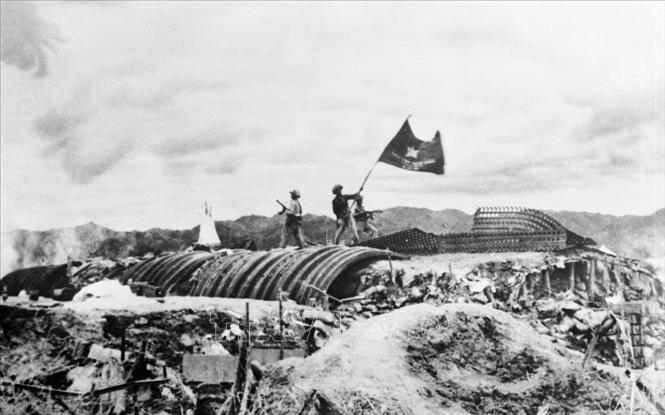 |
| On the afternoon of May 7, 1954, the "Determination to Fight - Determination to Win" flag of the Vietnam People's Army flew on the roof of General De Castries' bunker, marking the moment of the Dien Bien Phu victory that "resounded throughout the five continents and shook the world". |
Assessing Dien Bien Phu as the most important strategic position in Indochina, after capturing Dien Bien Phu on November 20, 1953, the French army continuously increased its troops, weapons, military equipment, and built more fortifications, fortresses, and other supplies. With the help of the United States in terms of advice, technical equipment, and economics , France built Dien Bien Phu into the strongest military base in Indochina.
By March 1954, Dien Bien Phu had 12 battalions and 7 infantry companies, 3 artillery battalions, 1 tank company, and 1 standing aircraft squadron (14 aircraft). Later, during the campaign, the French army reinforced with 4 battalions and 2 paratrooper companies, for a total of 17 battalions, most of which were elite soldiers. In addition, there were artillery, engineering, armored, and artillery units. The total number of troops increased to more than 16,000 people and 300 transport planes, with support from the US Air Force.
On our side, the French paratroopers' recapture of Dien Bien Phu did not disrupt the strategic combat plan for the 1953-1954 Winter-Spring campaign of the General Command of the Vietnam People's Army, even in the Northwest direction. In the identified directions, the main force continued to launch attacks as planned, causing the French army much damage and passively responding.
At the conference to disseminate military missions and the 1953-1954 Winter-Spring combat plan, which took place at the same time the French parachuted into Dien Bien Phu, Commander-in-Chief, General Vo Nguyen Giap, said, “The enemy parachuted into Dien Bien Phu to protect Lai Chau and Upper Laos from being threatened. This is passively dispersing forces to deal with us. No matter how the enemy situation changes in the future, the enemy parachuting into Dien Bien Phu is fundamentally beneficial to us.”
Our important strategic attacks in the Winter-Spring of 1953-1954 forced the enemy's mobile forces to disperse and respond in many directions, creating favorable conditions for the Vietnamese army and people to carry out the decisive strategic battle of Dien Bien Phu.
The Dien Bien Phu campaign was a complete victory.
On December 6, 1953, the Politburo decided to launch the Dien Bien Phu Campaign under the code name Tran Dinh, unanimously approving the operational plan of the General Military Commission. General Vo Nguyen Giap was the Commander and Party Committee Secretary, comrade Hoang Van Thai - Chief of Staff, Le Liem - Political Commissar, Dang Kim Giang - Supply Commissar.
With the slogan “All for the front, all for victory!”, the whole country focused on the Dien Bien Phu battlefield. The Politburo and the General Military Commission decided to concentrate 4 infantry divisions, 1 artillery division with a total strength of over 40,000 troops. The main army units quickly assembled, day and night clearing forests, cutting mountains to open roads, pulling artillery, building battlefields, ready to attack the enemy. Over 260,000 laborers and youth volunteers braved bombs and bullets, heading to Dien Bien to ensure logistics for the campaign... By early March 1954, all preparations for the campaign were completed.
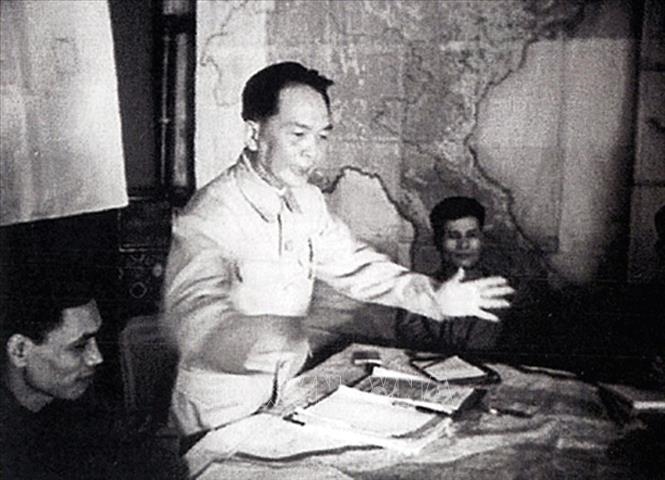 |
| At 5:30 p.m. on March 13, 1954, General Commander-in-Chief Vo Nguyen Giap ordered the attack on the Dien Bien Phu stronghold. |
The Dien Bien Phu stronghold had a total of 49 strongholds, divided into 3 sub-regions. On the battlefield, we launched three attacks on Dien Bien Phu. The first phase of the Dien Bien Phu campaign opened on March 13, 1954, with the destruction of the Him Lam stronghold cluster in the outer ring of the Northern Sub-region of the stronghold. The second phase took place on March 30, 1954, attacking the central sub-region. The third phase of the campaign took place on May 1 and ended on May 7, 1954, capturing the eastern strongholds and launching a general attack to destroy the entire Dien Bien Phu stronghold.
After 56 days and nights of fighting, overcoming countless hardships, “unwavering courage, unwavering will”, by the afternoon of May 7, 1954, we captured the enemy’s command post, General De Castries and the entire General Staff and soldiers of the Dien Bien Phu stronghold had to surrender. The “Determined to Fight - Determined to Win” flag of our army flew high above the enemy’s command bunker. The Dien Bien Phu campaign was a complete victory!
Affirming the correct and creative resistance line of the Party and President Ho Chi Minh
The historic victory of Dien Bien Phu, the pinnacle of the resistance war against French colonialism, affirmed the correct and creative resistance line of the Party and President Ho Chi Minh, which was the line of the people's resistance war, comprehensive, long-term self-reliance, and highly promoted the tradition of patriotism and the will to fight for independence and freedom of the Vietnamese people. The victory of Dien Bien Phu has entered the history of our nation as a Bach Dang, a Chi Lang, or a Dong Da in the 20th century, and entered the history of the world as a brilliant feat of breaking through the stronghold of the old colonial slavery system of imperialism.
The victory of the 1953-1954 Winter-Spring strategic offensive, culminating in the Dien Bien Phu victory, affirmed the great strength of the Vietnamese people. It can be said that the French colonialists and the American interventionists were completely surprised by the strength of the Vietnam People's Army, by the fact that the "Viet Minh" had enough food and weapons to fight continuously for nearly two months in a rugged area, far from the rear, by the appearance of heavy artillery on the mountaintop battlefield...
The Dien Bien Phu victory raised Vietnam's position in the international arena, forcing the French colonialists to sit at the conference table and sign the Geneva Agreement to end the war of aggression (1945-1954) in Indochina, and completely liberated the North of our country. The Geneva Agreement created a new situation, creating a very important premise and legal basis for our people to carry out the resistance war against the US to save the country (1954-1975).
Until now, the world still asks why a small and backward country, which had just escaped from the colonial yoke for nearly 100 years, could defeat two great powers, France and the United States, and why France lost. Ph. Leclerc, a talented General of the French army, also concisely and clearly stated the lesson of France's failure: "One cannot use force to destroy Vietnamese nationalism."
Mc.Namara - former US Secretary of Defense admitted: "The deepest strength of a nation does not lie in its military strength but in its national unity", "we underestimate the power of nationalism that motivates a nation to fight and sacrifice for its ideals and values...".
The Dien Bien Phu victory is the resonance of national and era strength, the wise leadership of the Party is the fundamental factor creating Vietnam's strength, the cultural identity of preserving Vietnam whose foundation is patriotism; those factors continue to be the strength ensuring the success of the cause of building the Socialist Republic of Vietnam for the goal of a rich people, a strong country, democracy, fairness and civilization.
According to qdnd.vn
Source link



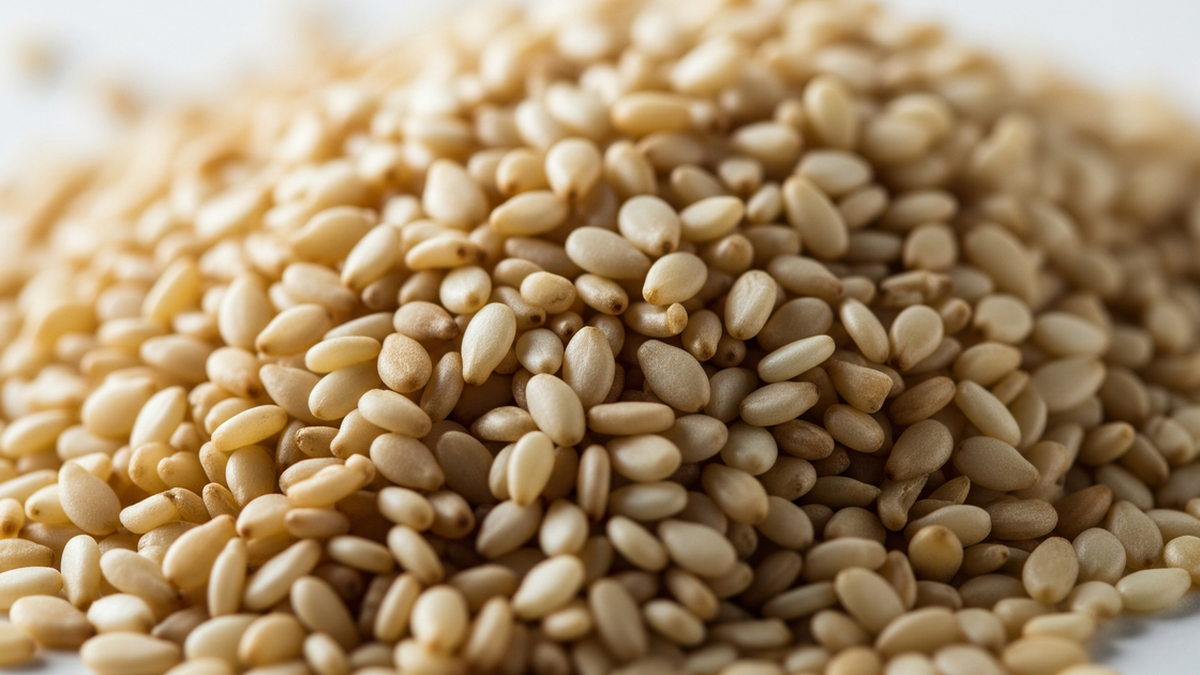
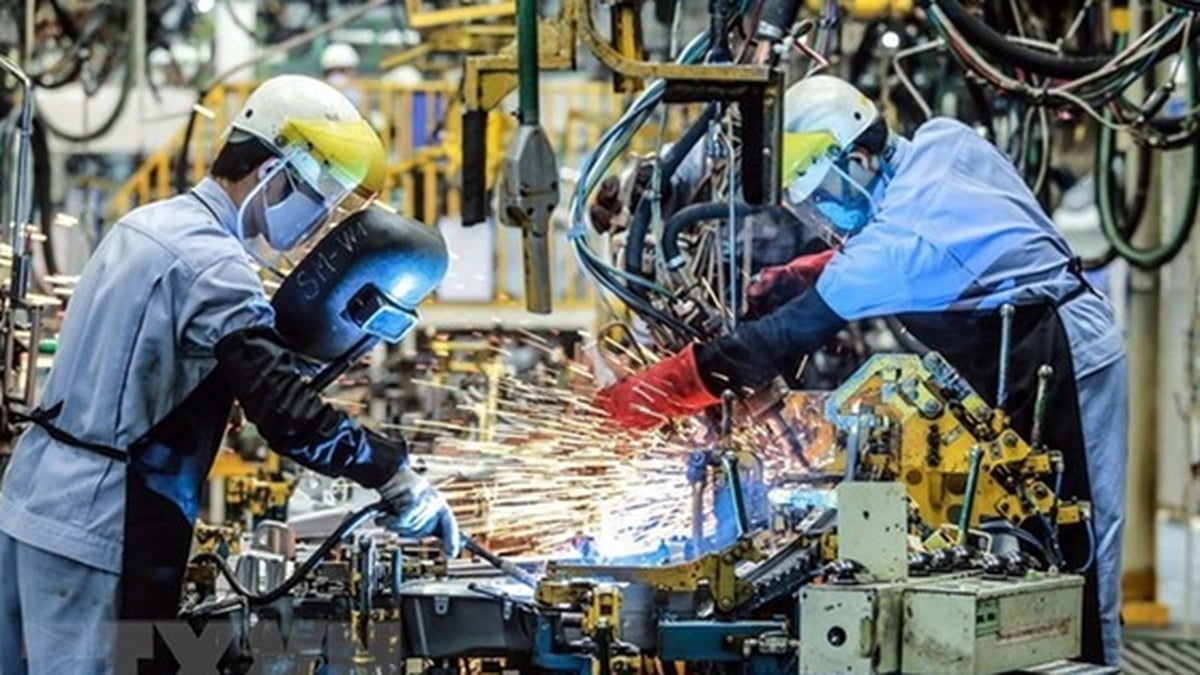
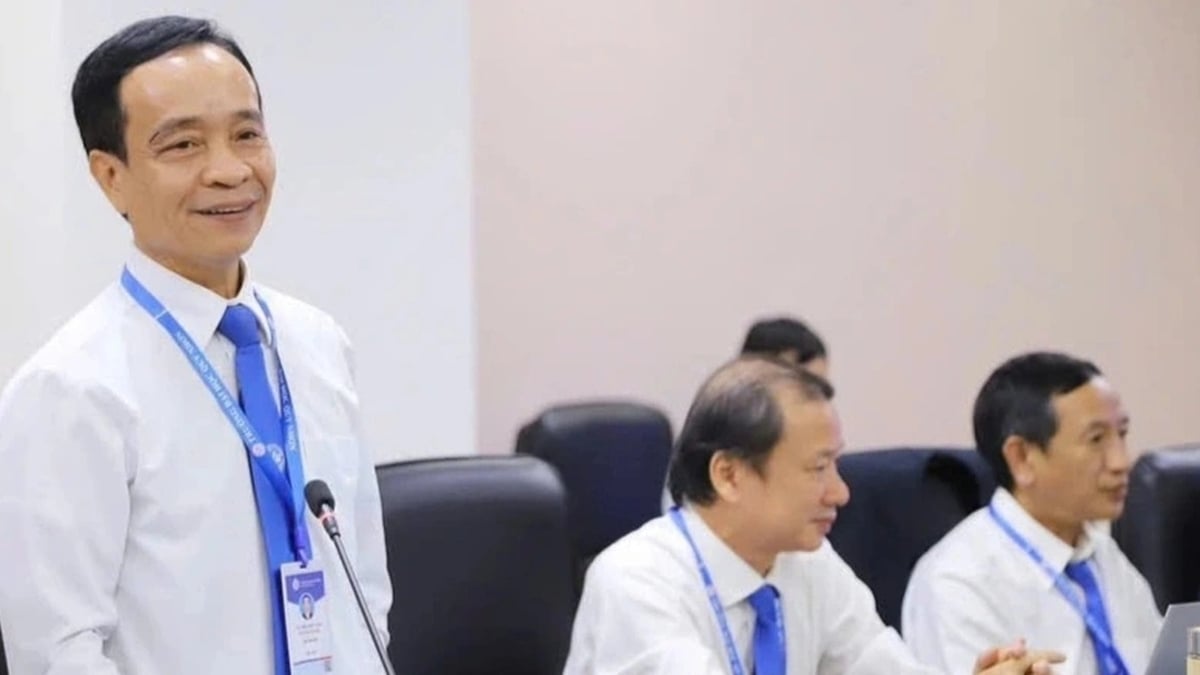

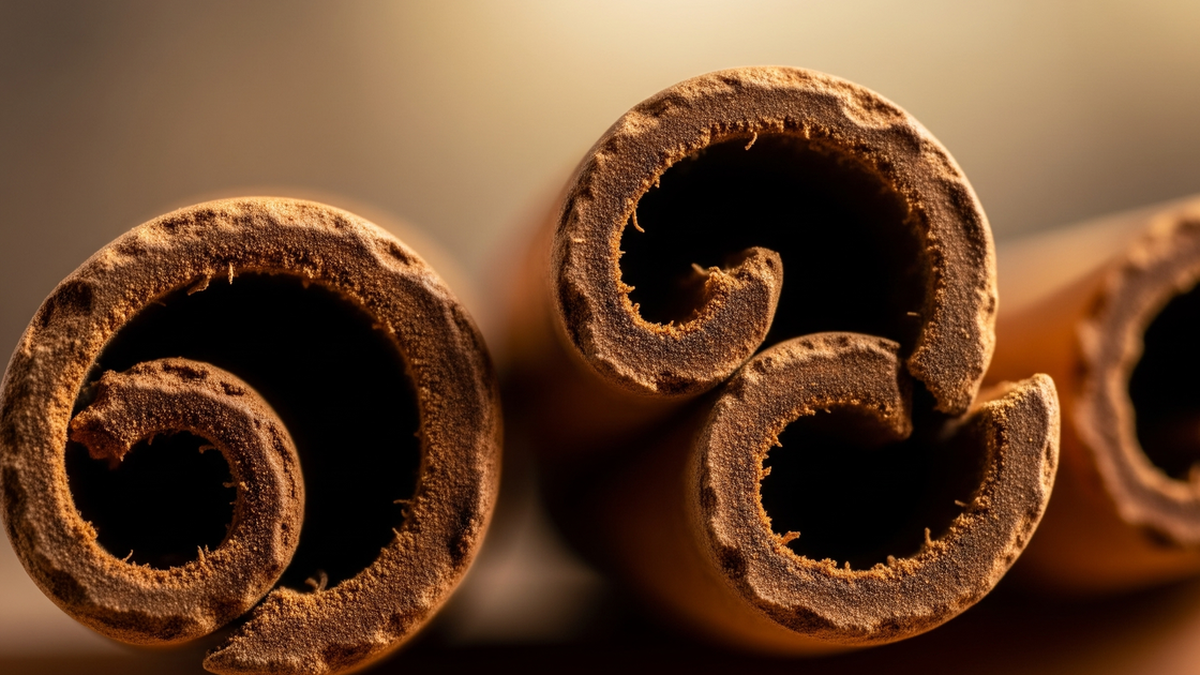


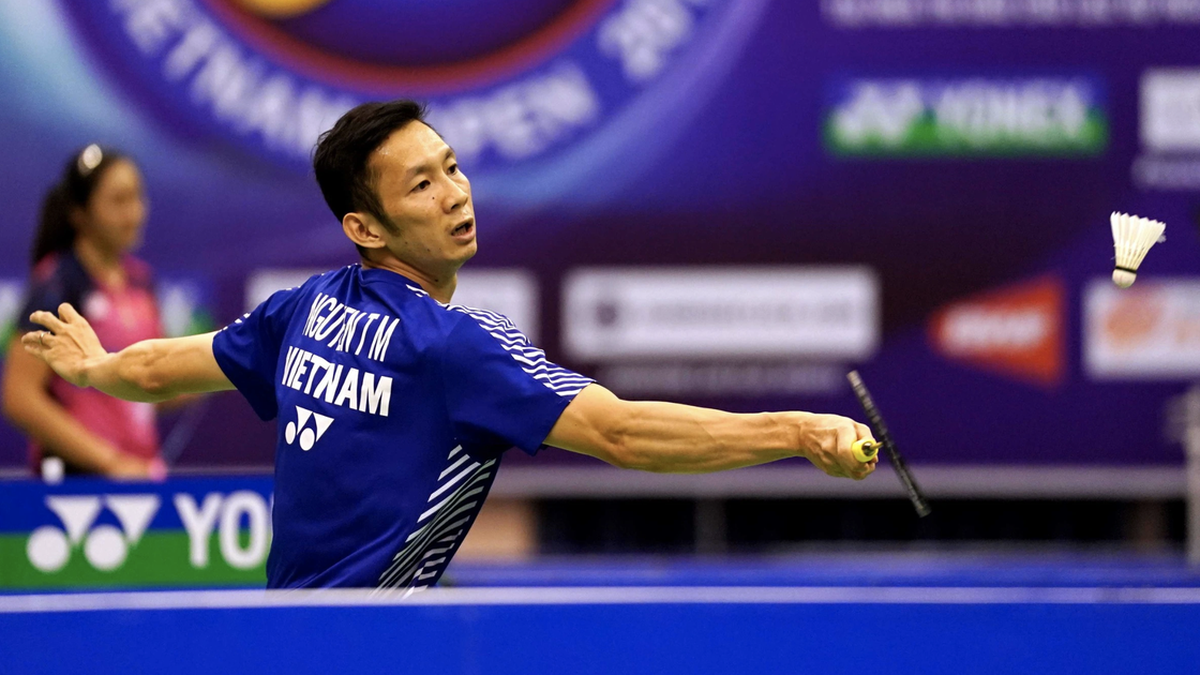









































![[Maritime News] More than 80% of global container shipping capacity is in the hands of MSC and major shipping alliances](https://vphoto.vietnam.vn/thumb/402x226/vietnam/resource/IMAGE/2025/7/16/6b4d586c984b4cbf8c5680352b9eaeb0)













































Comment (0)